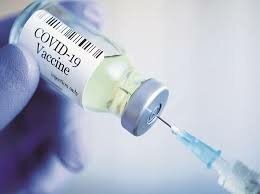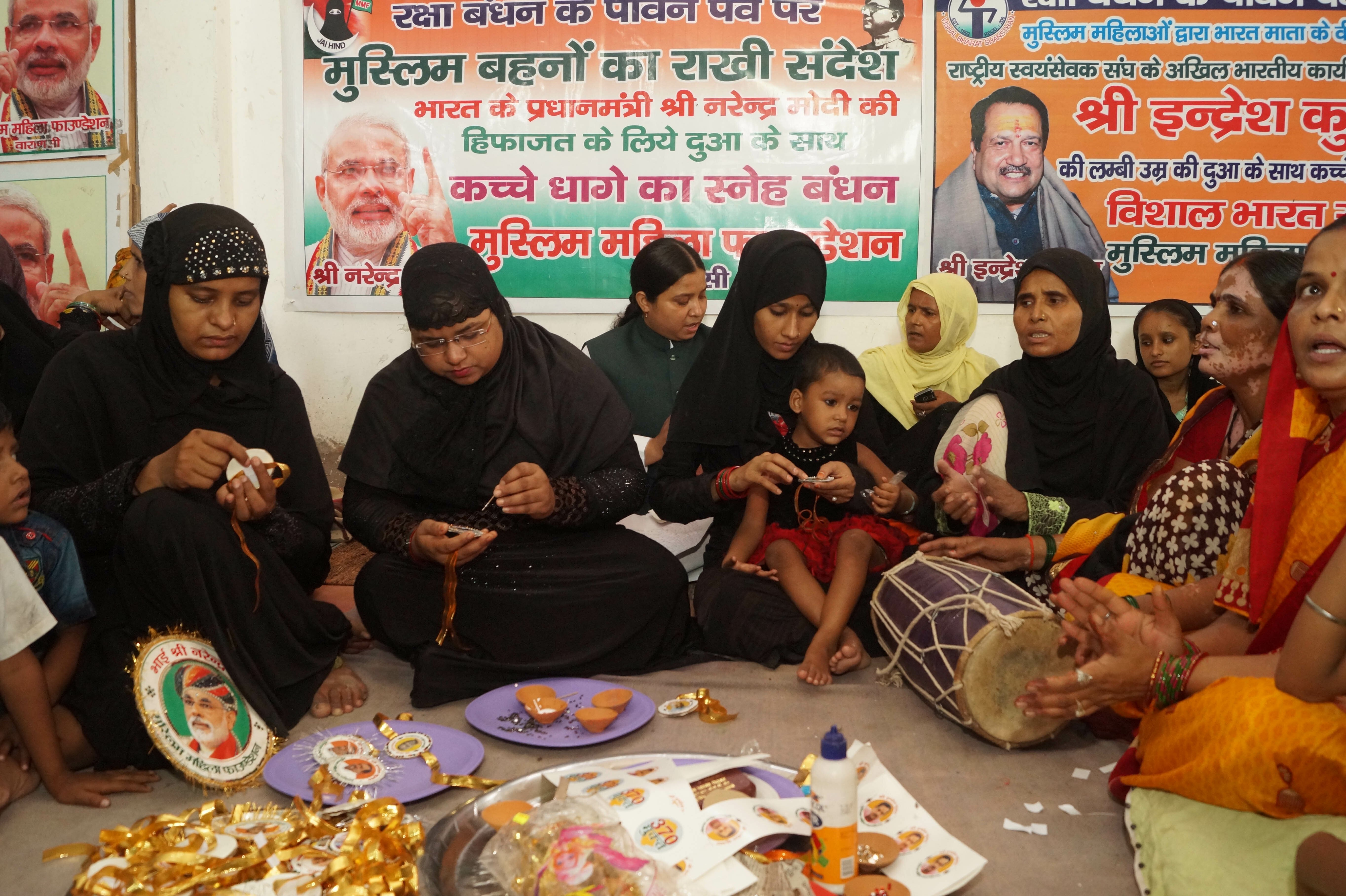Everyone above the age of 18 to be eligible to get vaccine against Covid-19

New Delhi: In a meeting chaired by the Prime Minister Narendra Modi, an important decision of allowing vaccination to everyone above the age of 18 from 1st May has been taken.
The PM said that the government has been working hard from over a year to ensure that maximum numbers of Indians are able to get the vaccine in the shortest possible of time. He added that India is vaccinating people at world record pace and will continue this with even greater momentum.
According to the Ministry of Health and Family Welfare, India’s National Covid-19 Vaccination Strategy has been built on a systematic and strategic end-to-end approach, proactively building capacity across R&D, Manufacturing and Administration since April 2020. While pushing for scale and speed, it has simultaneously been anchored in the stability necessary to sustainably execute the World’s Largest Vaccination Drive.
India’s approach has been built on scientific and epidemiological pillars, guided by Global Best Practices, SoPs of WHO as well as our India’s foremost experts in the National Expert Group on Vaccine Administration for Covid-19 (NEGVAC).
India has been following a dynamic mapping model based on availability of vaccines and coverage of vulnerable priority groups to take decisions of when to open up vaccinations to other age-groups. A good amount of coverage of vulnerable groups is expected by 30th April.
Phase-I of the National Covid-19 Vaccination Strategy was launched on 16th January 2021, prioritizing protection for protectors, Health Care Workers (HCWs) and Front-Line Workers (FLWs). As systems and processes stabilized, Phase-II was initiated from 1st March 2021, focusing on protecting our most vulnerable i.e. all people above 45 years of age, accounting for more than 80% Covid mortality in the country. The private sector was also roped in to augment capacity.
Government of India has proactively engaged and coordinated with stakeholders across the spectrum, from research institutes to national and international manufacturers, global regulators. The strength of India’s private sector vaccine manufacturing capability has been strategically empowered through unprecedented decisive steps, from facilitating public-private collaborative research, trials and product development, to targeted public grants and far-reaching governance reforms in India’s regulatory system. Government of India is in regular touch with each manufacturer, including having sent multiple inter-ministerial teams on site, to understand each one’s requirements and provide proactive and customized support in the form of grants, advance payments, more sites for production, to ramp up vaccine production.
This has resulted in Emergency Use Authorisation being granted to two indigenously manufactured vaccines (Serum Institute of India and Bharat Biotech), and a third vaccine (Sputnik) that while presently manufactured abroad will eventually be manufactured in India.
Government of India has roped in the private sector in the vaccination drive right from the beginning. Now, as capabilities and processes have stabilized, the public as well as private sector has the experience and confidence to rapidly scale up.
In its Phase-III, the National Vaccine Strategy aims at liberalised vaccine pricing and scaling up of vaccine coverage. This would augment vaccine production as well as availability, incentivising vaccine manufacturers to rapidly ramp up their production as well as attract new vaccine manufacturers, domestic and international. It would also make pricing, procurement, eligibility and administration of vaccines open and flexible, allowing all stakeholders the flexibility to customise to local needs and dynamics.
The main elements of the Liberalised and Accelerated Phase 3 Strategy of the National Covid-19 Vaccination program that would come in effect from 1st May 2021, are as follows:
(i) Vaccine manufacturers would supply 50% of their monthly Central Drugs Laboratory (CDL) released doses to Govt. of India and would be free to supply the remaining 50% doses to State Govts. and in the open market (hereinafter referred to as other than Govt. of India channel).
(ii) Manufacturers would transparently make an advance declaration of the price for 50% supply that would be available to State Govts. and in open market, before 1st May 2021. Based on this price, State governments, private hospitals, industrial establishments would be able to procure vaccine doses from the manufacturers. Private Hospitals would have to procure their supplies of Covid-19 vaccine exclusively from the 50% supply earmarked for other than Govt. of India channel. Private Vaccination providers shall transparently declare their self-set vaccination price. The eligibility through this channel would be opened up to all adults, i.e. everyone above the age of 18.
(iii) Vaccination shall continue as before in Govt. of India vaccination centres, provided free of cost to the eligible population as defined earlier i.e. Health Care Workers (HCWs), Front Line Workers (FLWs) and all people above 45 years of age.
(iv) All vaccination (through Govt. of India and Other than Govt. of India channel) would be part of the National Vaccination Programme, and mandated to follow all protocol such as being captured on CoWIN platform, linked to AEFI reporting and all other prescribed norms. Stocks and price per vaccination applicable in all vaccination centres will also have to be reported real-time.
(v) The division of vaccine supply 50% to Govt. of India and 50% to other than Govt. of India channel would be applicable uniformly across for all vaccines manufactured in the country. However, Government of India will allow the imported fully ready to use vaccines to be entirely utilized in the other than Govt. of India channel.
(vi) Govt. of India, from its share, will allocate vaccines to States/UTs based on the criteria of extent of infection (number of active Covid cases) & performance (speed of administration). Wastage of vaccine will also be considered in this criteria and will affect the criteria negatively. Based on the above criteria, State-wise quota would be decided and communicated to the States adequately in advance.
(vii) Second dose of all existing priority groups i.e. HCWs, FLWs and population above 45 years, wherever it has become due, would be given priority, for which a specific and focused strategy would be communicated to all stakeholders.
(viii) This policy would come into effect from 1st May 2021 and will be reviewed from time to time.





